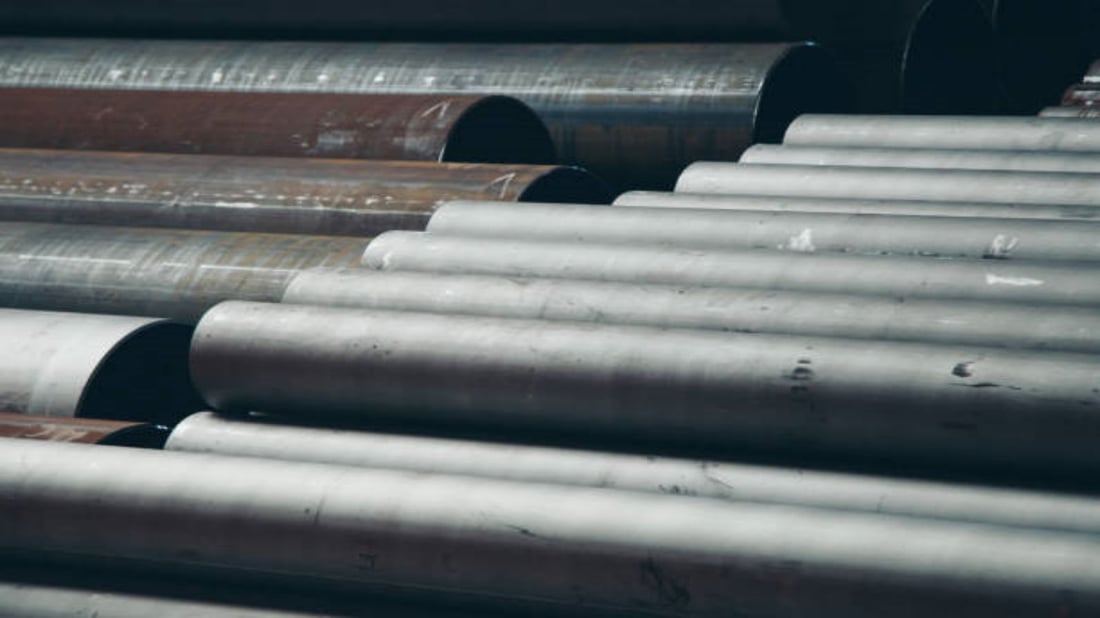What is a Sheet Metal Roll Former?
A sheet metal roll former is a specialized machine used in the metalworking industry to shape flat metal sheets into desired profiles or shapes. It is commonly used in the manufacturing of roofing materials, gutters, siding, and various other metal components. This article will provide an in-depth understanding of sheet metal roll formers, their working principles, applications, and benefits.
How Does a Sheet Metal Roll Former Work?
Sheet metal roll formers consist of a series of rollers that progressively shape the metal sheet as it passes through the machine. The process begins with feeding the flat sheet into the roll former, where it is guided through a set of rollers that gradually bend and shape the metal. Each roller in the machine performs a specific bending operation, contributing to the final desired profile. The shaped metal exits the roll former as a continuous length, ready for further fabrication or installation.
The Advantages of Using a Sheet Metal Roll Former
Using a sheet metal roll former offers several advantages over traditional fabrication methods:
- Efficiency: Roll forming machines can produce large quantities of accurately shaped metal components in a short amount of time.
- Cost-effectiveness: Roll forming eliminates the need for multiple machines or additional processing steps, reducing labor and material costs.
- Consistency: The use of automated roll formers ensures consistent and precise shaping of the metal, resulting in high-quality finished products.
- Versatility: Sheet metal roll formers can create a wide range of profiles and shapes, allowing for customization and flexibility in design.
The Applications of Sheet Metal Roll Formers
Sheet metal roll formers find extensive applications in various industries:
- Construction: Roll formers are commonly used in the construction industry for manufacturing roofing materials, wall panels, and structural components.
- Automotive: Roll forming machines are utilized in the automotive industry to produce parts such as door frames, window channels, and roof rails.
- Appliances: Sheet metal roll formers play a crucial role in manufacturing household appliances like refrigerators, air conditioners, and ovens.
- Storage Systems: Roll forming is employed in the production of storage systems such as shelving units, racks, and cabinets.
Choosing the Right Sheet Metal Roll Former for Your Needs
When selecting a sheet metal roll former, several factors should be considered:
- Material Compatibility: Ensure that the roll former is capable of processing the specific type and thickness of metal required for your application.
- Machine Size: Consider the available space in your facility and choose a roll former that fits your production requirements.
- Automation and Control: Evaluate the level of automation and control features offered by the machine to optimize efficiency and productivity.
- Speed and Production Capacity: Determine the desired production rate and choose a roll former that can meet your volume requirements.
Maintenance and Safety Considerations
Proper maintenance and safety measures are crucial for the efficient and safe operation of a sheet metal roll former:
- Regular Lubrication: Keep the machine well-lubricated to minimize friction and prevent excessive wear on moving parts.
- Periodic Inspection: Regularly inspect the rollers, guides, and cutting tools for any signs of damage or wear, and replace as necessary.
- Operator Training: Provide comprehensive training to operators to ensure they understand the machine's operation and safety protocols.
- Protective Equipment: Operators should wear appropriate protective equipment, such as gloves and safety glasses, to prevent injuries.
Common Challenges and Troubleshooting
Despite their efficiency, sheet metal roll formers may encounter certain challenges:
- Material Jamming: If the metal sheet gets jammed in the machine, stop the operation immediately and clear the jam using proper tools.
- Uneven Bending: Check the alignment of the rollers and guides, and adjust as needed to ensure uniform bending and shaping.
- Excessive Noise or Vibration: Investigate the source of the noise or vibration and address any loose or worn-out components.
Conclusion
Sheet metal roll formers are essential machines in the metalworking industry, offering efficiency, cost-effectiveness, and versatility in shaping various metal profiles. Understanding their working principles, applications, and maintenance requirements can help businesses make informed decisions when it comes to selecting and operating a sheet metal roll former.

